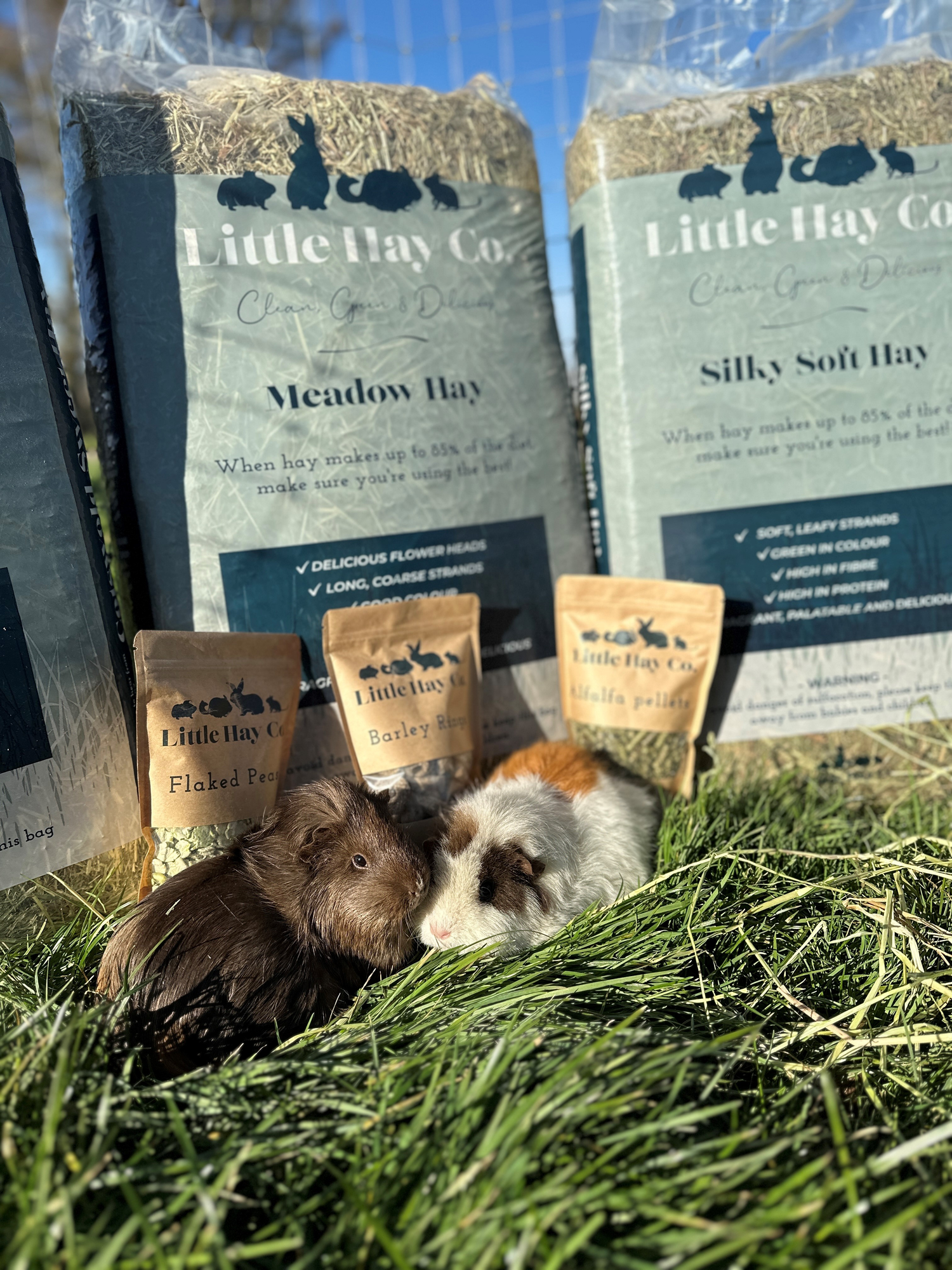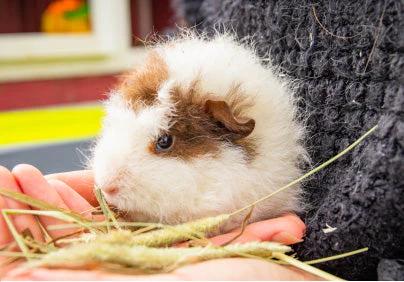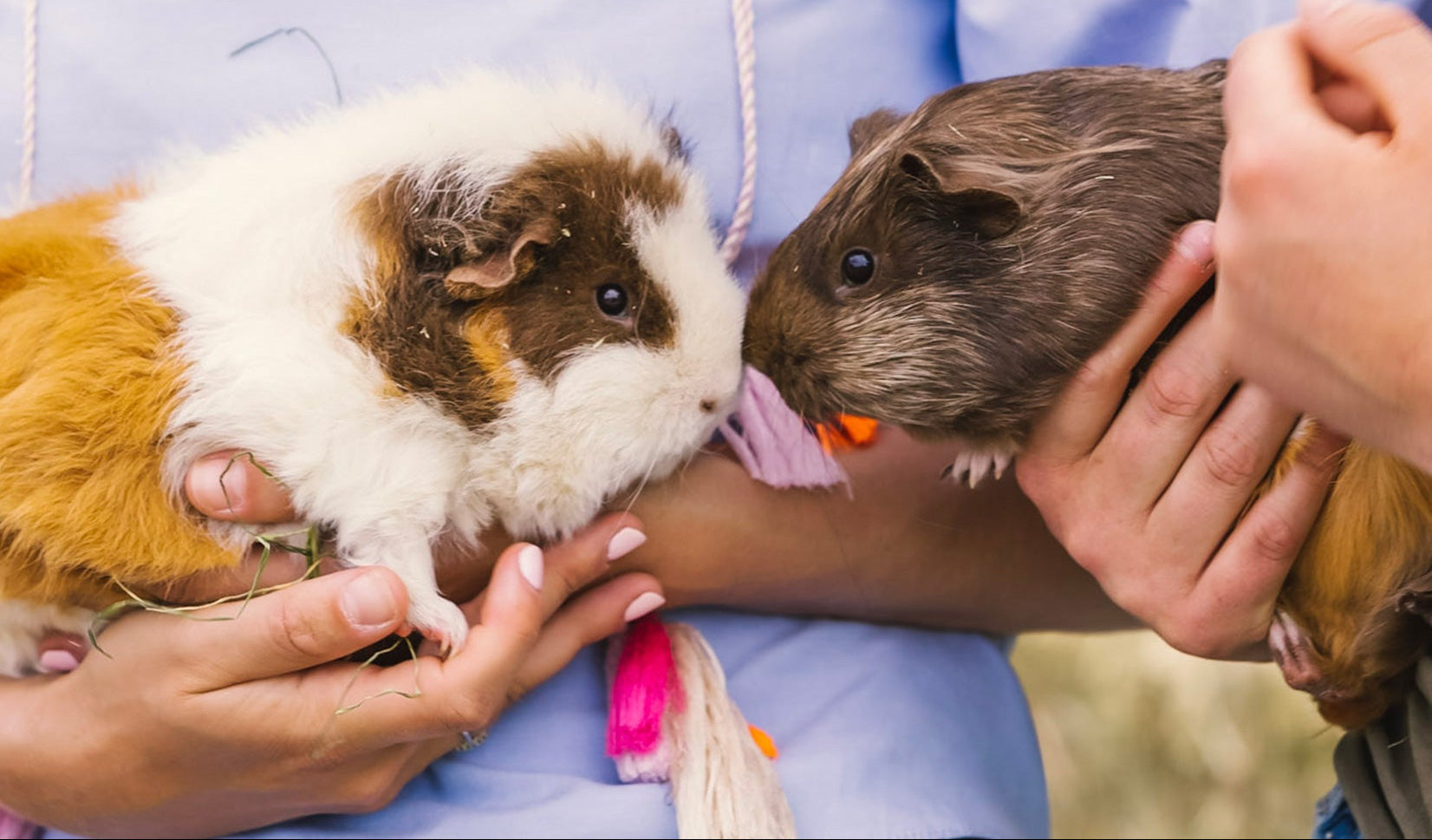Farming doesn't always get a good reputation when it comes to eco-friendliness. We follow a practice called regenerative farming... but what is that?
Regenerative farming is an approach to agriculture that aims to improve the health of the land, increase biodiversity and enhance ecosystems.
Key principles of regenerative farming include:
Soil Health: Regenerative farmers focus on building healthy soil through practices such as minimal soil disruption, cover cropping and crop rotation. Healthy soil is essential for plant growth, water retention, and carbon storage.
Biodiversity: Encouraging biodiversity is crucial for regenerative agriculture. This can involve planting a variety of crops, integrating livestock into cropping systems, maintaining hedgerows and buffer zones and preserving natural habitats on the farm.
Water Management: Regenerative farmers prioritise efficient water use and aim to reduce erosion and runoff. The use of ditches and ponds help to retain water in the soil and prevent nutrient runoff.
Carbon Sequestration: One of the goals of regenerative farming is to capture carbon dioxide from the atmosphere and store it in the soil. By not ploughing the soil so often it helps to keep the carbon contained in the land.
Overall, regenerative farming seeks to create farming systems that are not only productive but also sustainable, resilient and beneficial for the environment.













